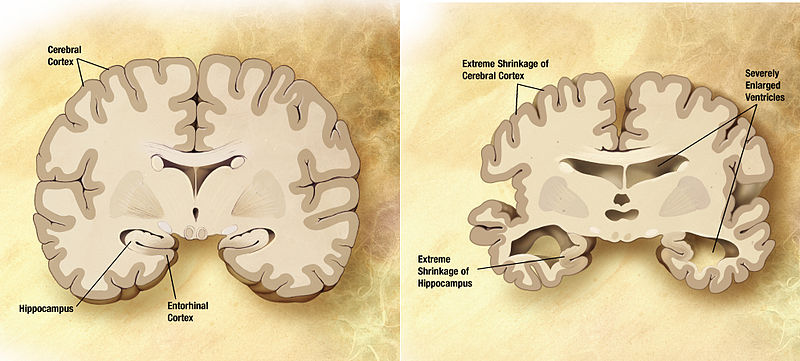An paper was published in the journal Nature this week exploring the use of the promising biomarker neurofilament light chain (NfL) for the early detection of familial Alzheimer’s Dementia.
The focus here is on the word ‘early’ as many neurodegenerative conditions exhibit change long before physical symptoms manifest and herein lies a big problem – you have to be reactive not proactive. We know what pre-symptomatic changes occur within the brain as MRI and PET scans unveil the details but these are costly, time consuming and are suitable for rotuine practice. What we need is a inexpensive and simple test to show risk of developing the condition before changes occur.
Until now there hasn’t been a leading light in the race to early detection of AD, with this latest research it looks like there is a new leader.

What Are NfLs?
Neurofilament Light Chains are a component of the neuron, in particular large diameter myelinated axons. They are protein polymers which are part of the building blocks of the cytoskeleton and are involved in the regulation of nerve diameter and conduction velocity. For a while now they have been the interest of immunologists and neurologist as when neurons or axons degenerate neurofilament proteins are released and if these proteins are measured, they are offer insight into neurodegeneration.
The Study
The study demonstrated that NfL levels in the blood and CSF correlated with each other and are elvated within the presymptomatic stages of familial AD. Further more the levels peaked as participants transitioned from pre-to symptomatic stages and related to the structural changes seen on MRI and decline in MMSE scores.
More work is yet to be done in establishing the quality of this biomarker but it is promising.